A common question from prospective Bengal cat owners is how much bengal cats shed.
With their exotic appearance and unique fur, you might be wondering how much mess they’ll leave around the horse.
Continue reading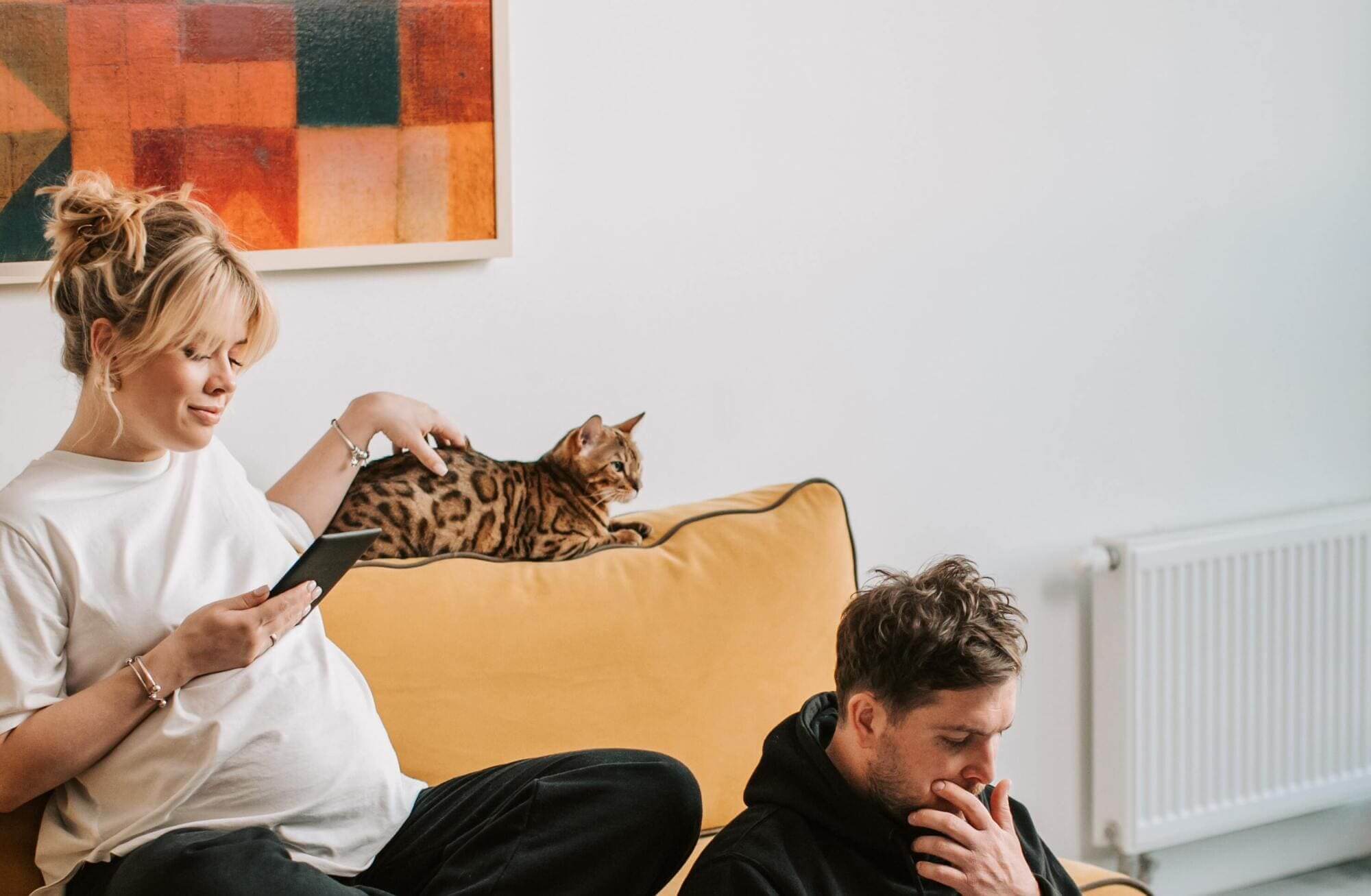
A common question from prospective Bengal cat owners is how much bengal cats shed.
With their exotic appearance and unique fur, you might be wondering how much mess they’ll leave around the horse.
Continue reading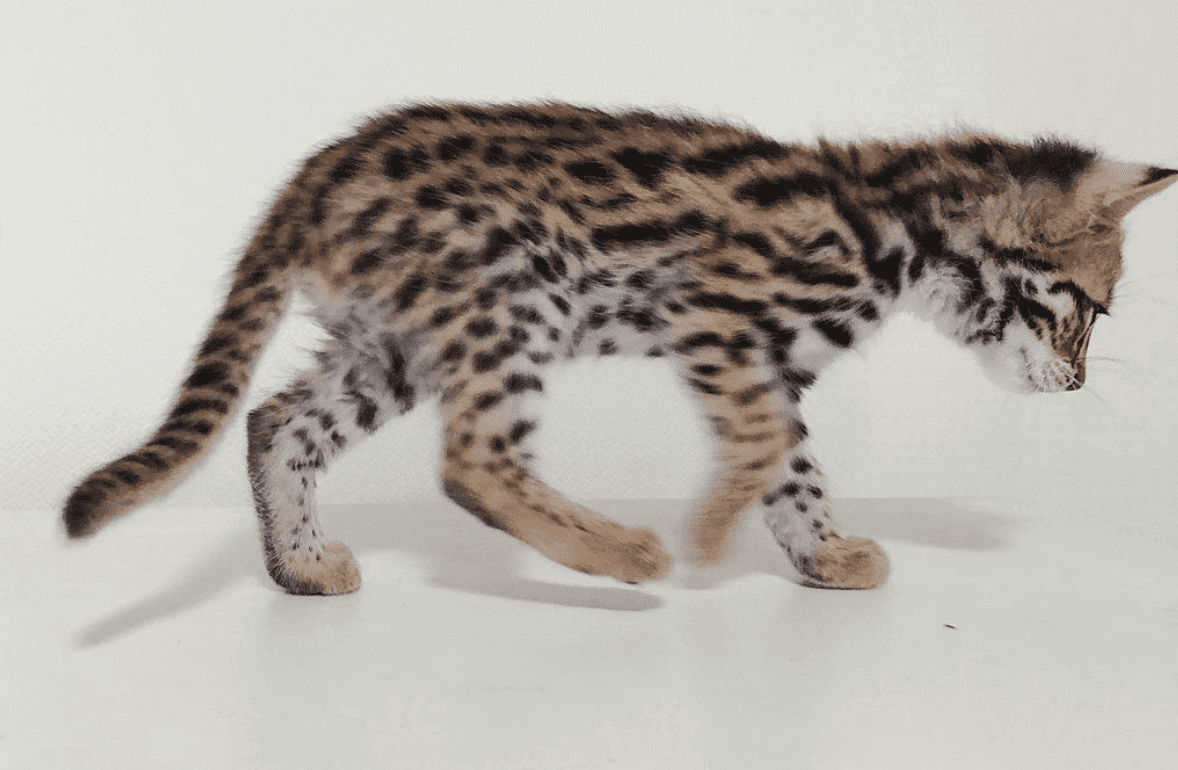
The Asian Leopard Cat (Prionailurus bengalensis) is a small feline species found across South and East Asia.
These cats share their leopard-like spots with their larger cousins, but are more closely related to domestic cats than leopards.
Continue reading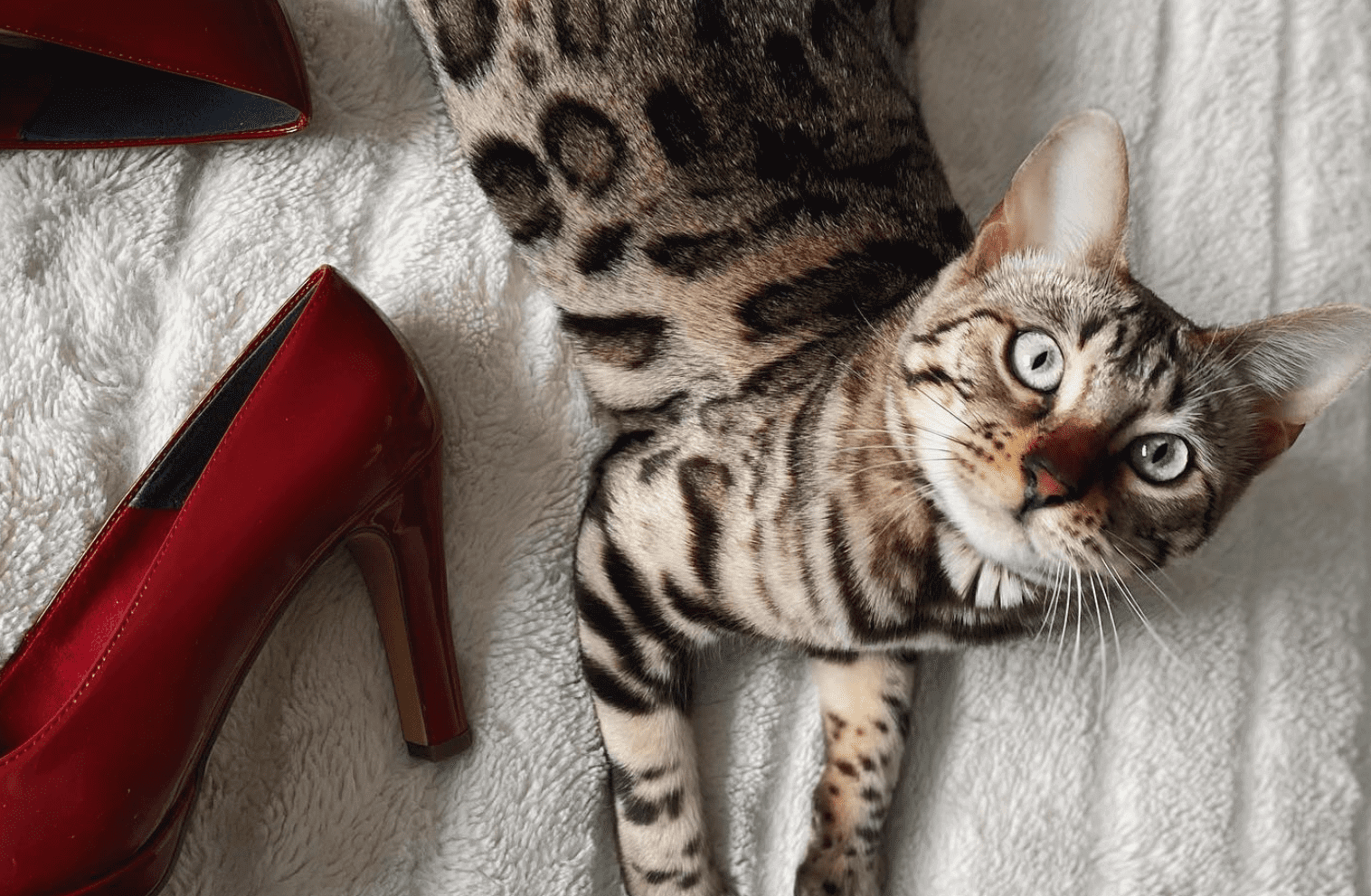
The Silver Bengal cat, a highly prized variant of the Bengal family, has a remarkable blend of wild appearance and domestic temperament.
It’s dazzling coat, highlighted by its silver hue, takes the allure of the Bengal breed to another level.
Continue reading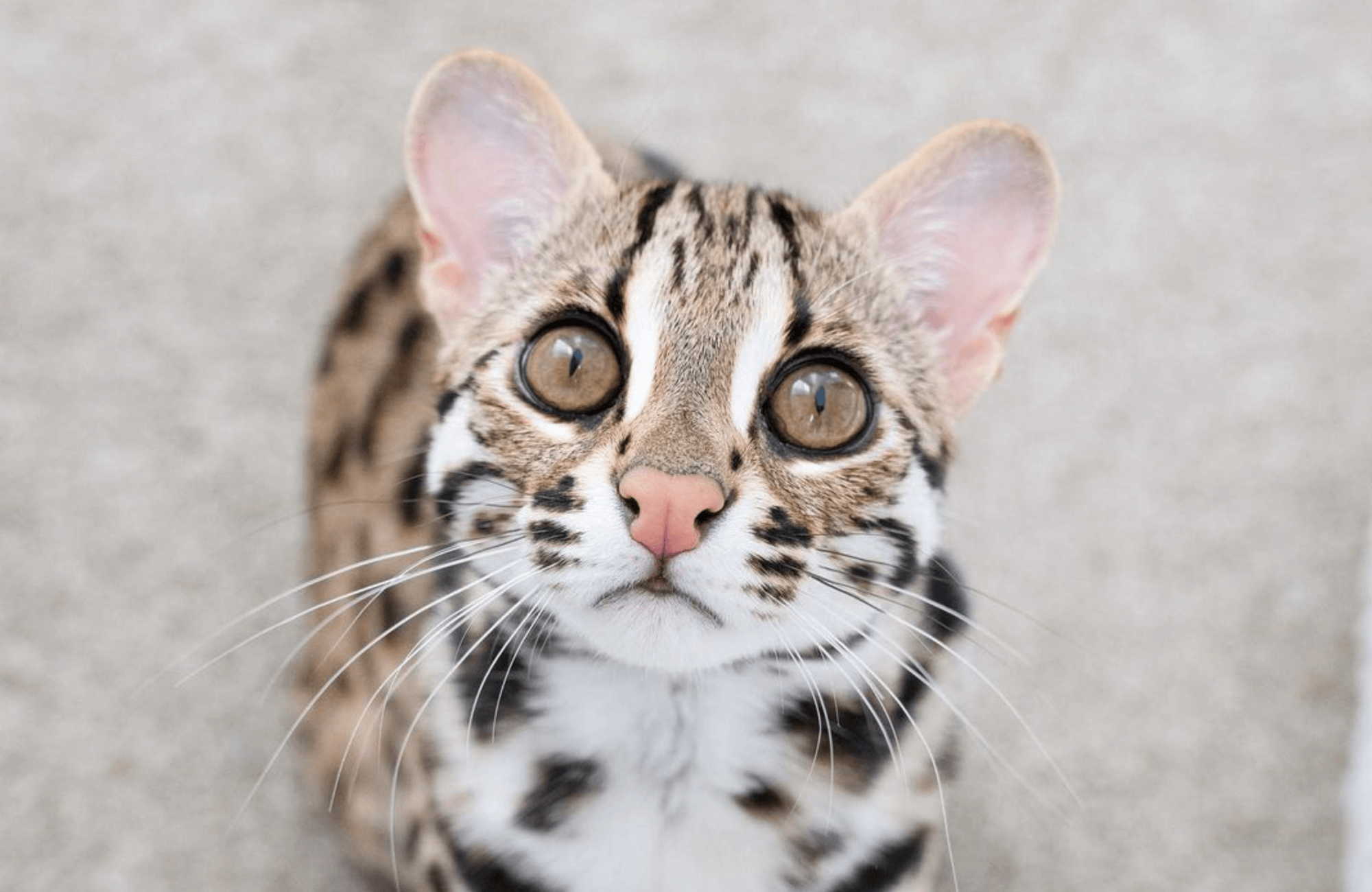
Anyone who is familiar with bengal cats will likely also be familiar with the Asian leopard cat, the wild ancestor of the bengal.
The Asian leopard cat is a small wild cat native to Asia.
Continue reading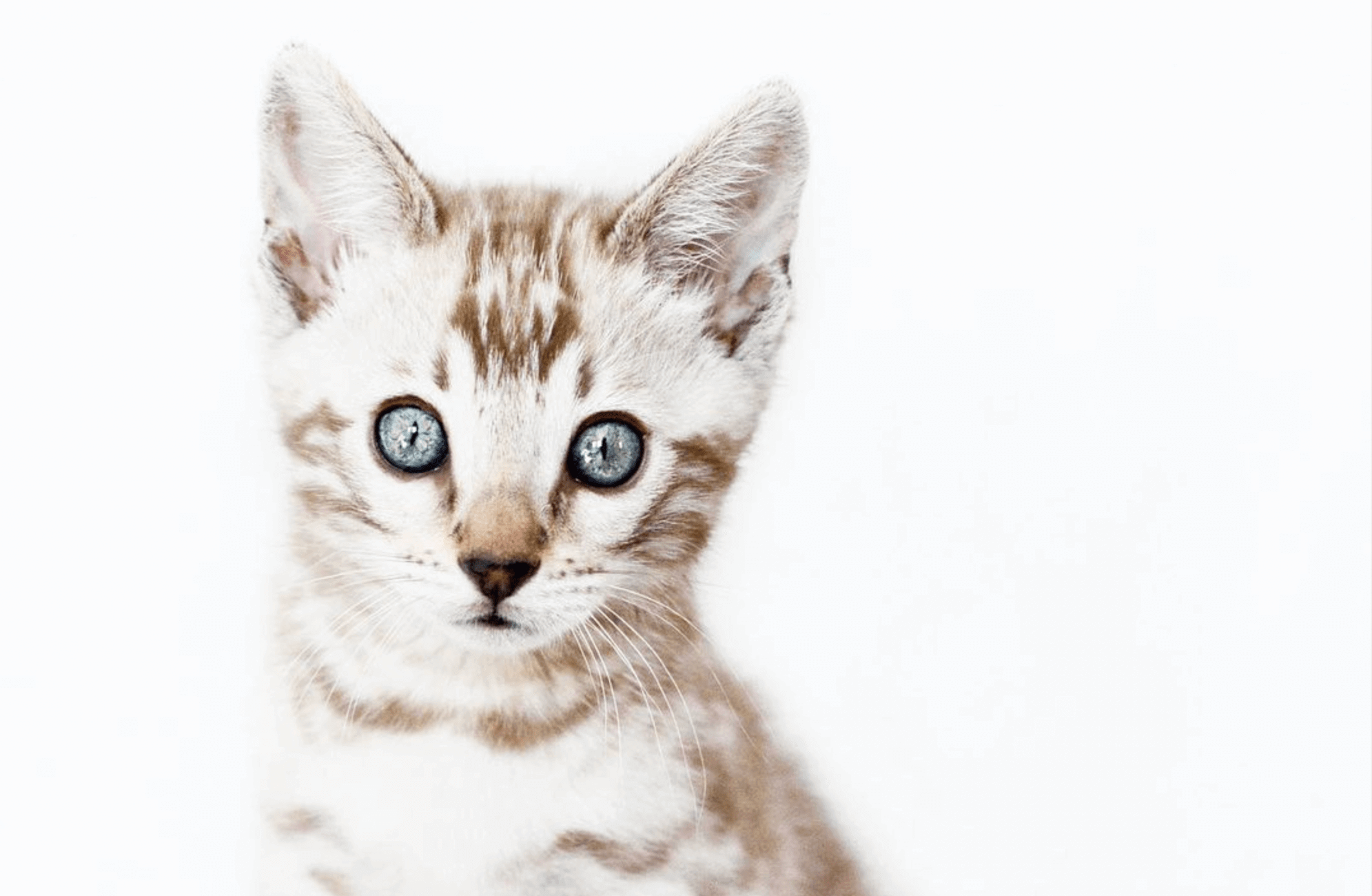
Bengal cats can come in a variety of different patterns and colors, ranging from black to blue to white.
One of the more striking bengal cats in the world is the snow bengal.
Continue reading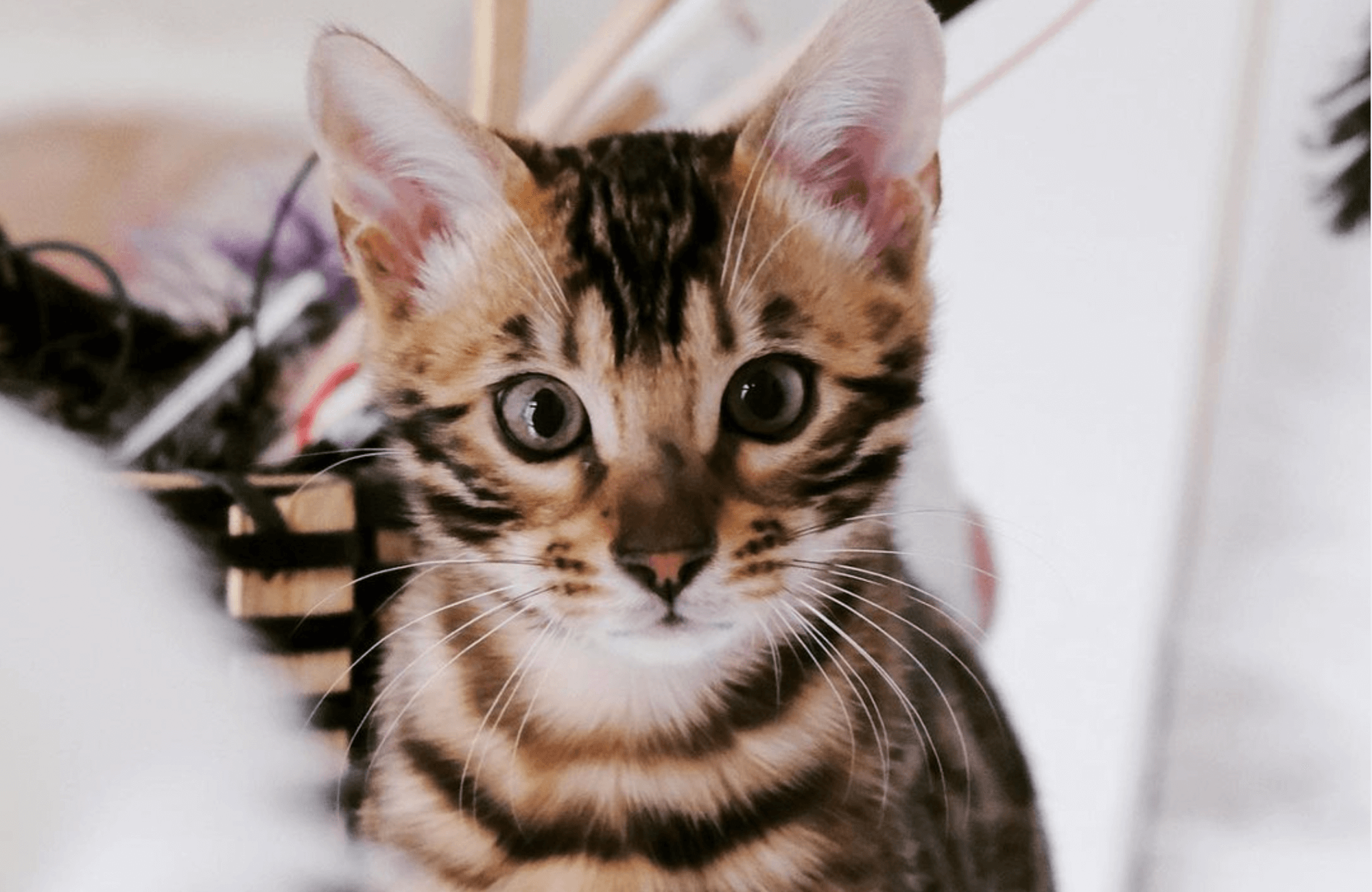
When looking for a bengal cat to buy, you might be surprised by how much their price tag is up front.
The short answer is bengal kittens cost around $1,500 – $3,000, and adult bengal cats cost around $500 – $1,500.
Continue reading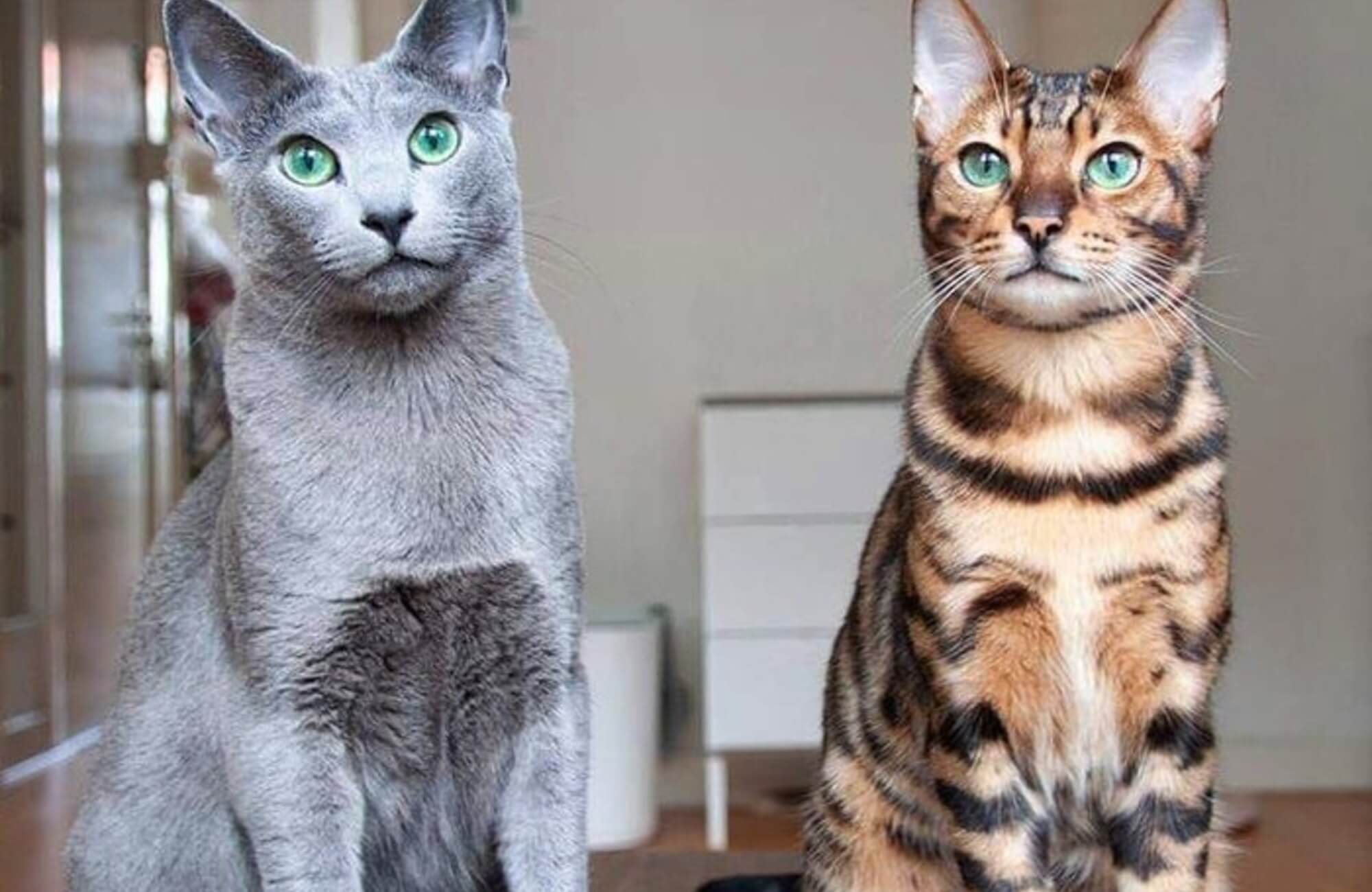
Over the last decade, bengal cats have risen in fame to become one of the most popular cat breeds in the world.
There are many reasons for this trend, such as their unique look, their personalities, and their wild ancestry.
Continue reading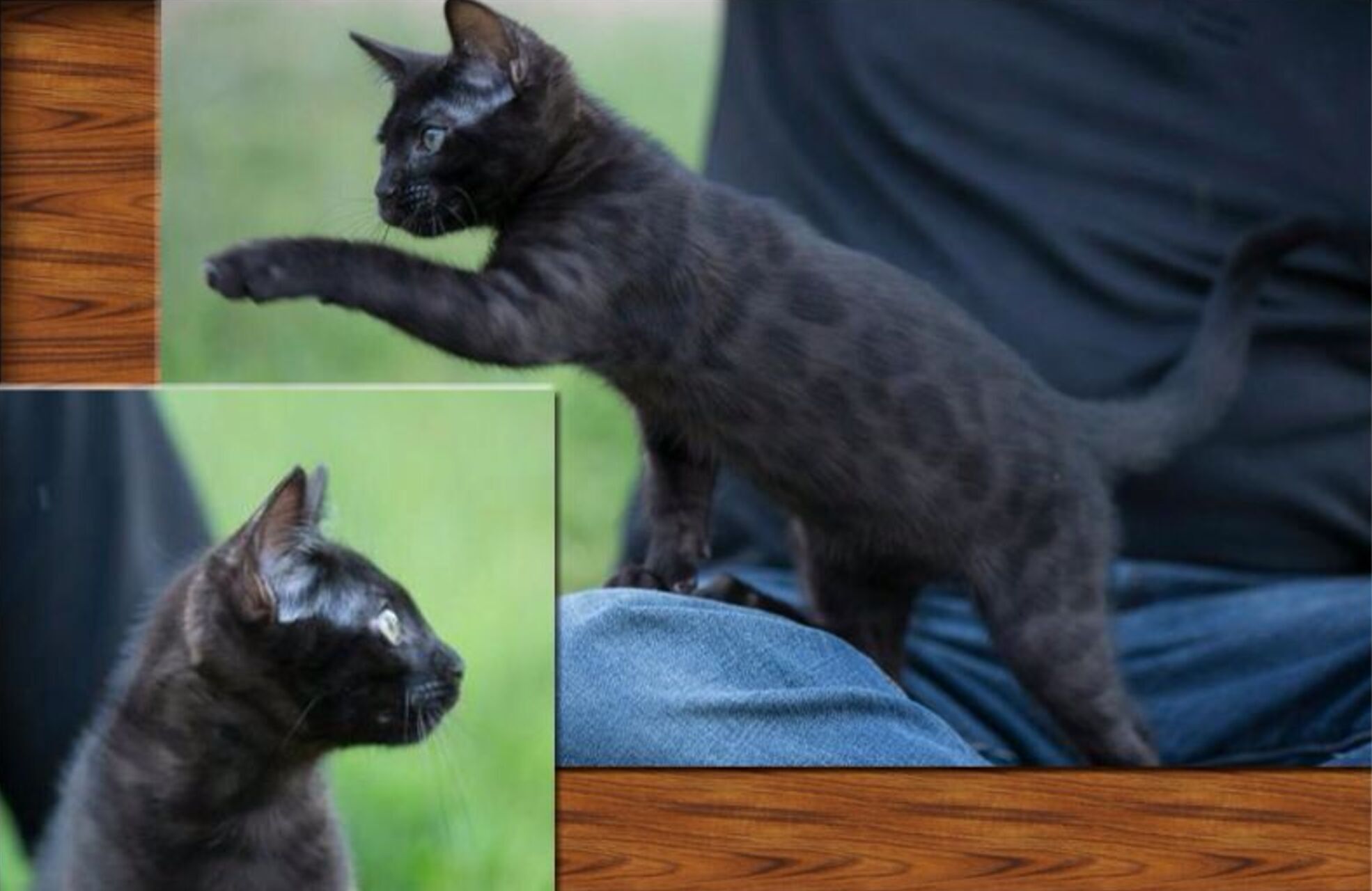
While the most common colors for bengal cats are brown and silver, there are many variations of colors that bengal cats can be.
One of the less common of these is black.
Continue reading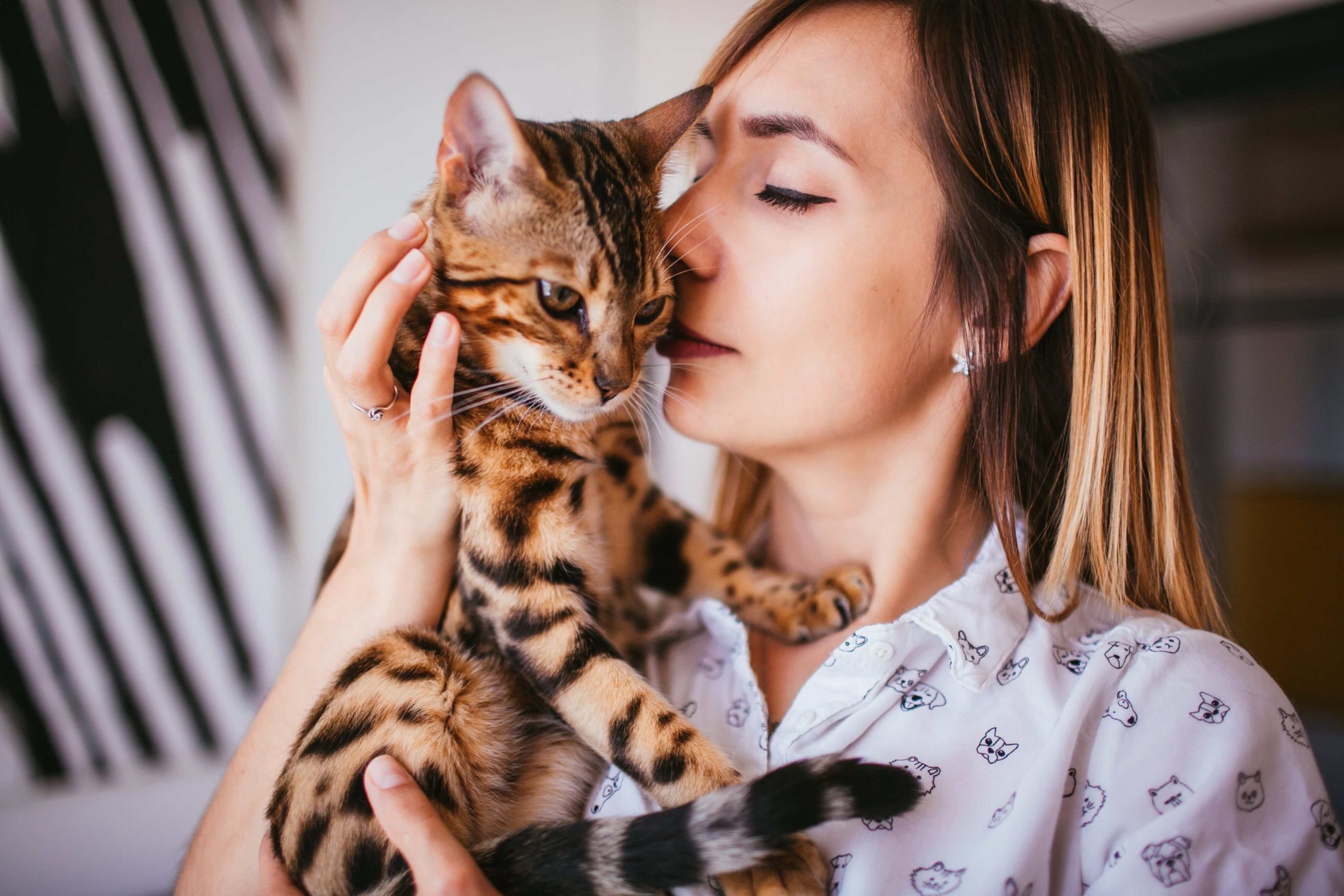
One of the most appealing qualities of bengal cats is their spotted coats.
Bengals tend to have a a striking appearance and are often characterized by their “wild” looks and unique personalities.
Continue reading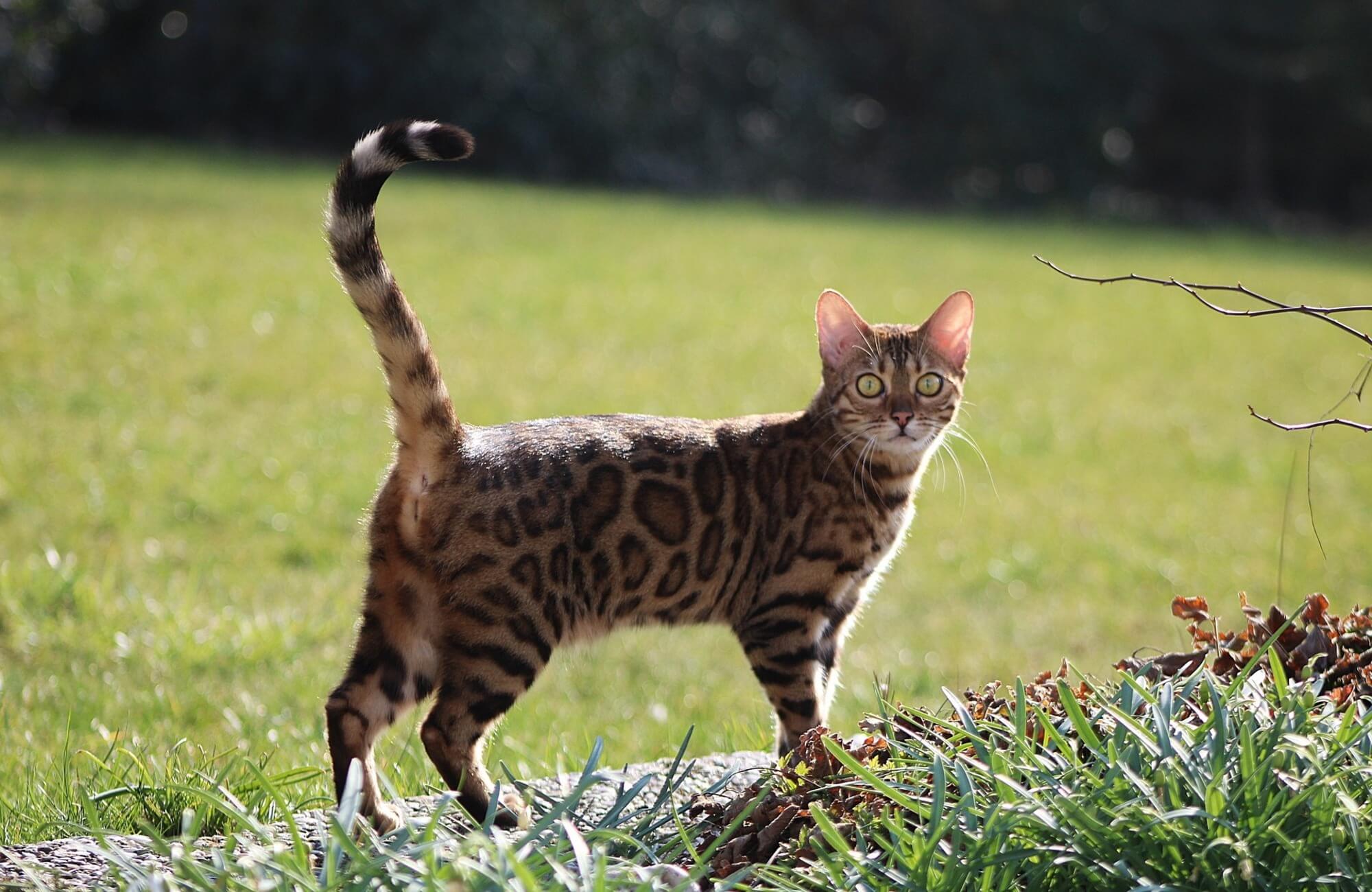
While bengal cats descend from wild cats and tend to be more agile than other domestic cats, they are not very different in size from the average domestic feline.
Overall, bengal cats are bigger than many domestic cats but are not the biggest cats by far.
Continue reading
It’s important to monitor the food and water intake of your bengal.
If your bengal cat is not consuming an adequate amount food or water, it can develop a variety of health problems and require veterinarian help.
Continue reading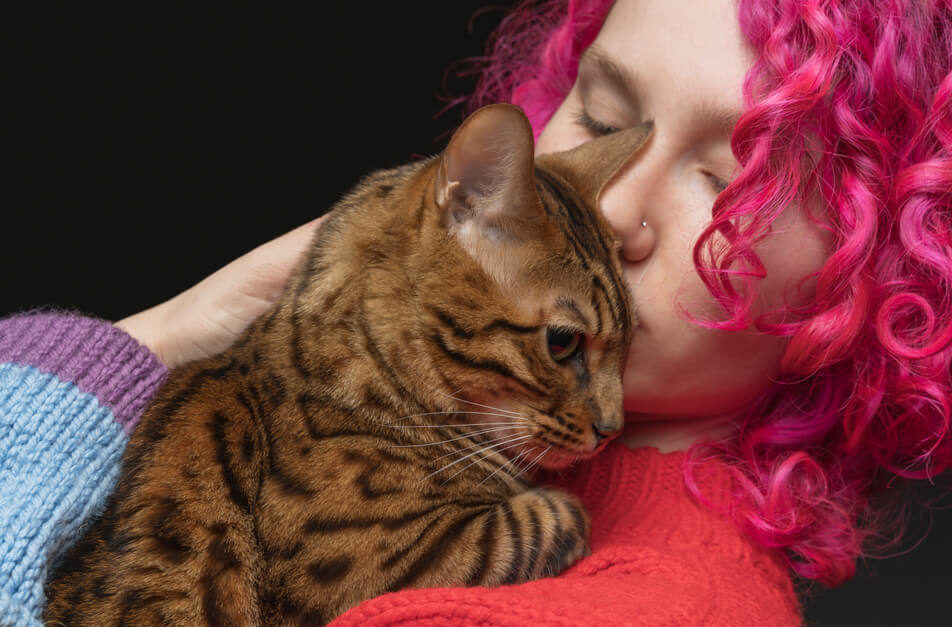
When considering becoming a bengal cat owner, it’s a good idea to research their personality first and see if you’re ready to live with a bengal.
Bengal cats typically are more energetic and playful, and will need more of your time than most other pets.
Continue reading
Bengal cats have been a popular pet to own since the first bengal cat in 1963.
Since then, bengals have become more and more common, with bengal cat breeders taking advantage of the increased demand for these beautiful and playful cats.
Continue reading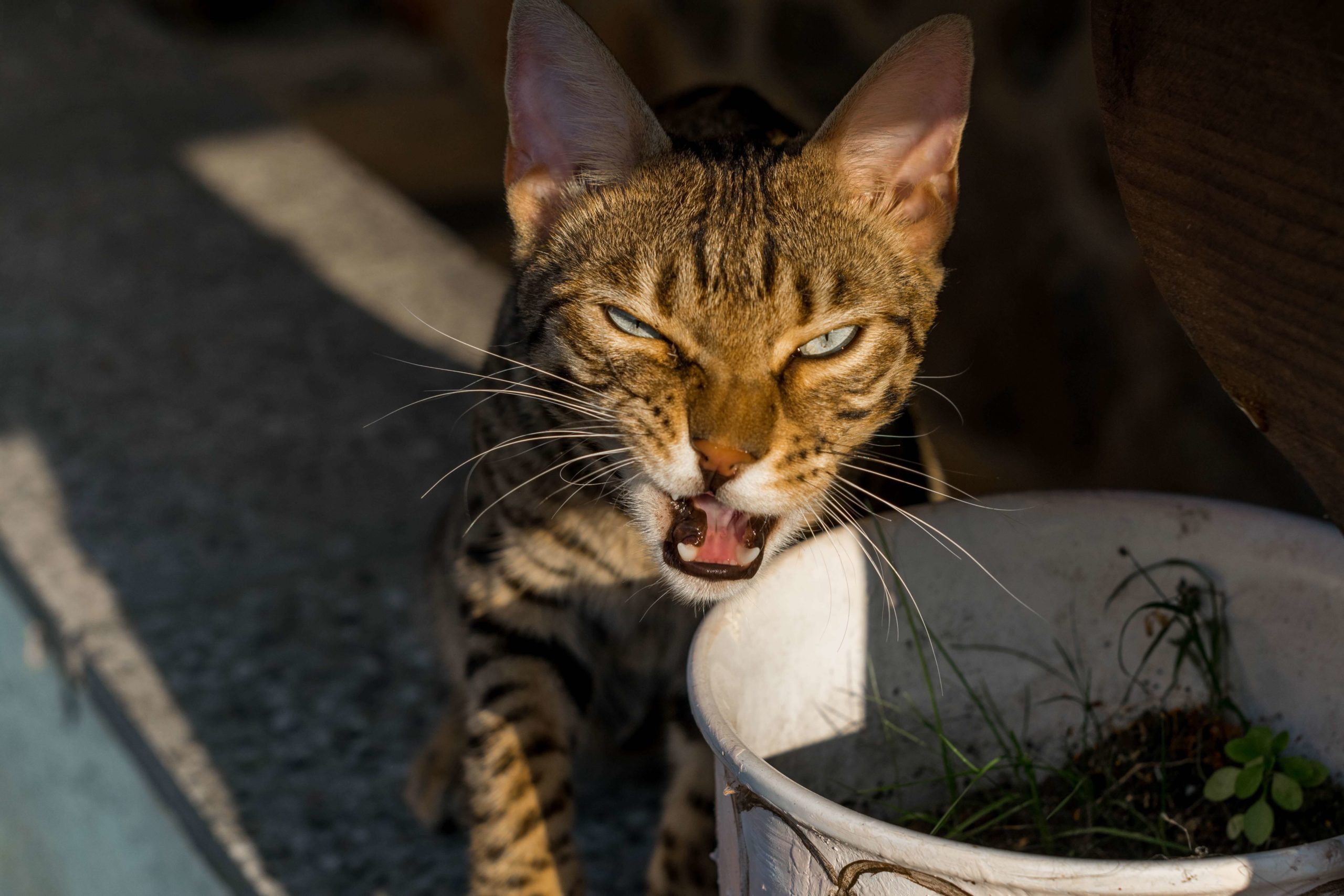
Bengal cats are well known for being very vocal cats.
Bengals will often meow, chirp, yowl, and growl in order to get your attention.
Continue reading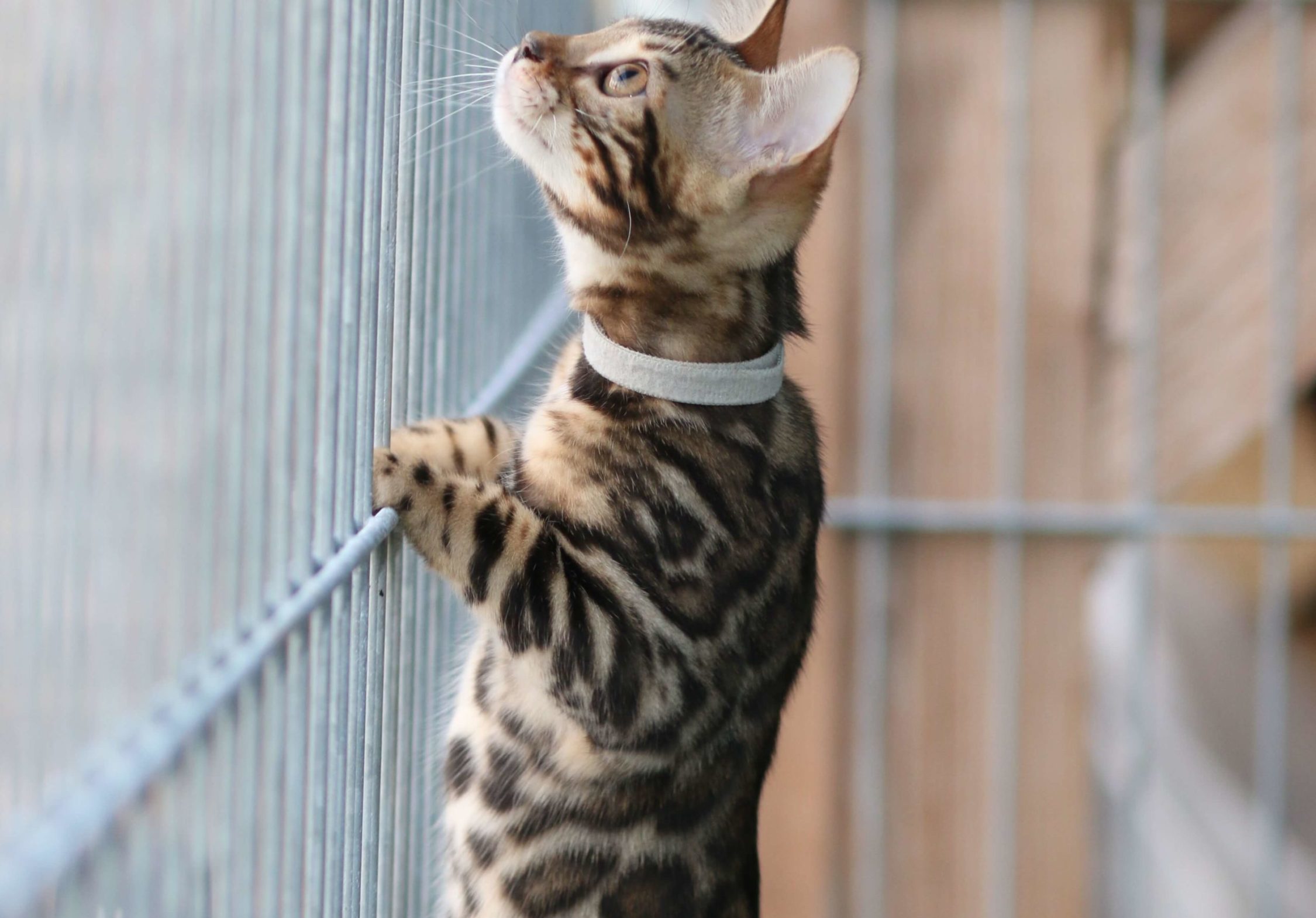
One of the most common activities for bengal cats to engage in is climbing.
Bengals are known to climb anything around them and seem to be fearless in their quests for higher surfaces to sit on.
Continue reading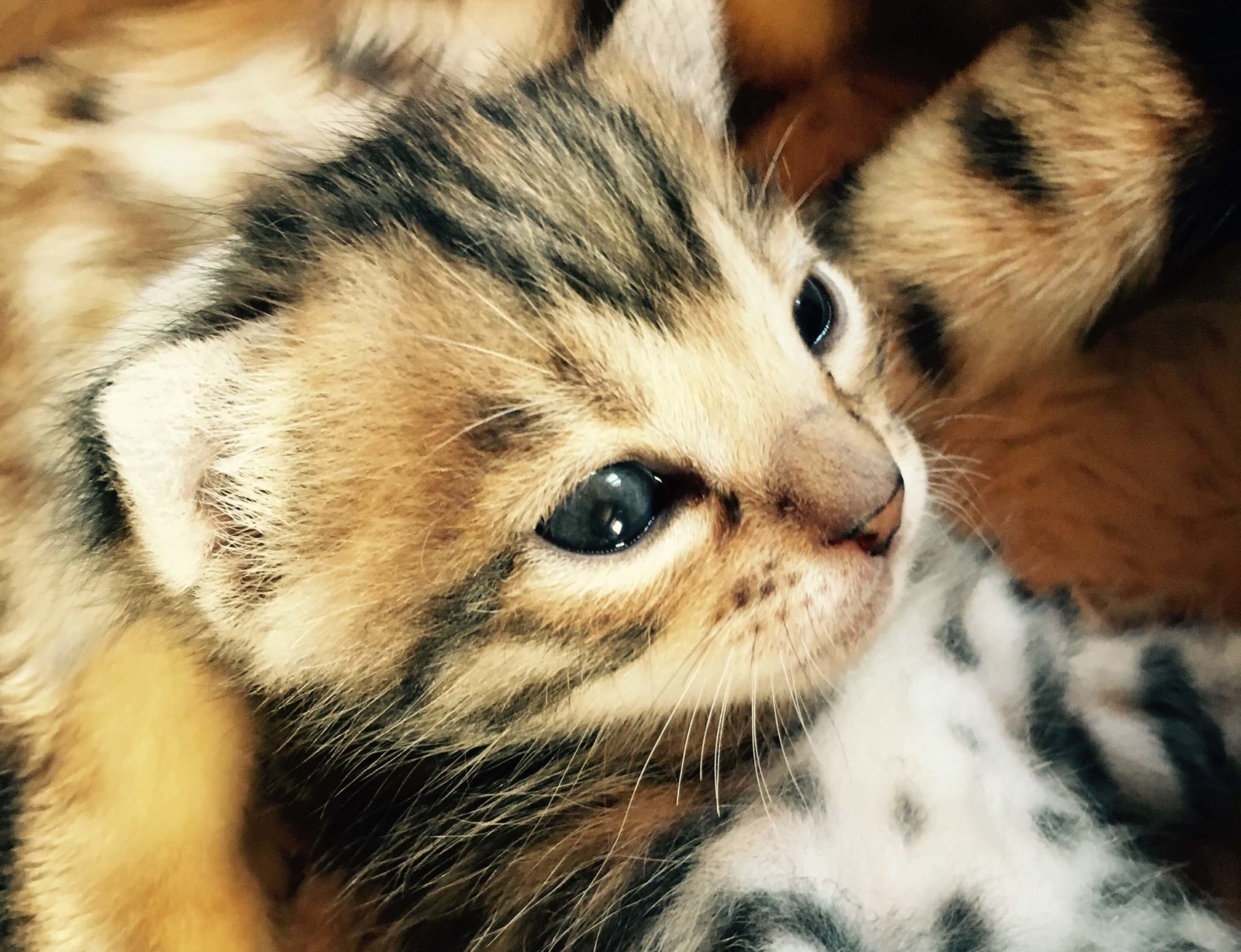
The lifespan of bengal cats on average is around 12-16 years.
Most bengals live over 10 years but rarely live over the age of 20.
Continue reading